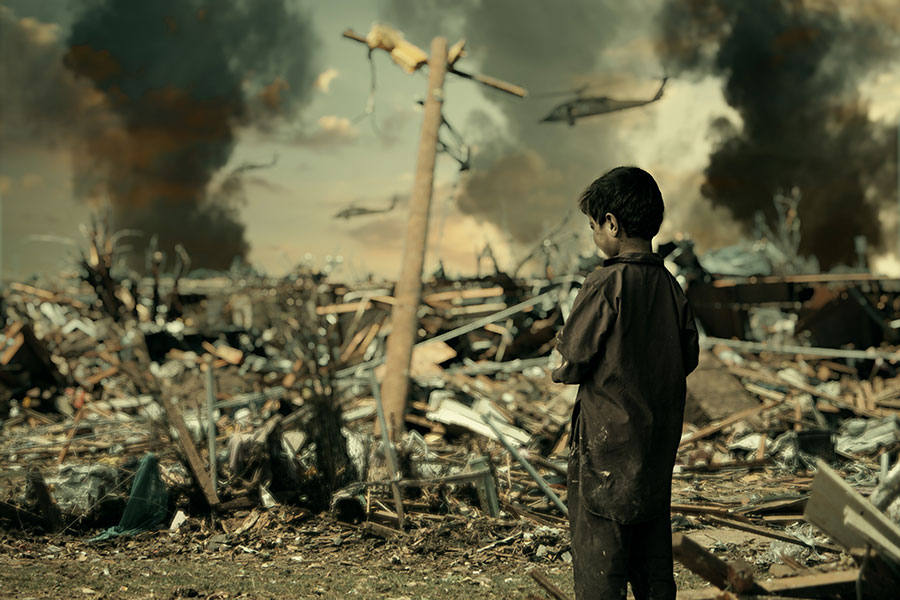
Overall, conflict increases women’s exposure and vulnerability to sexual and gender-based violence. Moreover, gender norms that associate masculinity with aggression make men more likely to perpetrate violence against those over whom they have power – usually women and children. In Burkina Faso, 51% of IDPs are girls under the age of 14. Women and girls make up a large proportion of internally displaced populations (IDPs) and refugees. Conflict affects women and men differently and existing gender inequalities are compounded in times of conflict.

Research has shown that female-headed households are more vulnerable to stress and less capable of absorbing shocks, due to gender inequality, cultural restrictions and the feminisation of poverty. This situation affects the entire population, but it disproportionately affects women. When conflict happens, the rule of law breaks down, freedom of movement is restricted, institutions and services are weakened, creating a lack of access to social services and information, and to food and livelihoods. Women are deliberately targeted in conflict By Dr Diene Keita, Assistant Secretary-General and Deputy Executive Director (Programme), United Nations Population Fund (UNFPA)


 0 kommentar(er)
0 kommentar(er)
